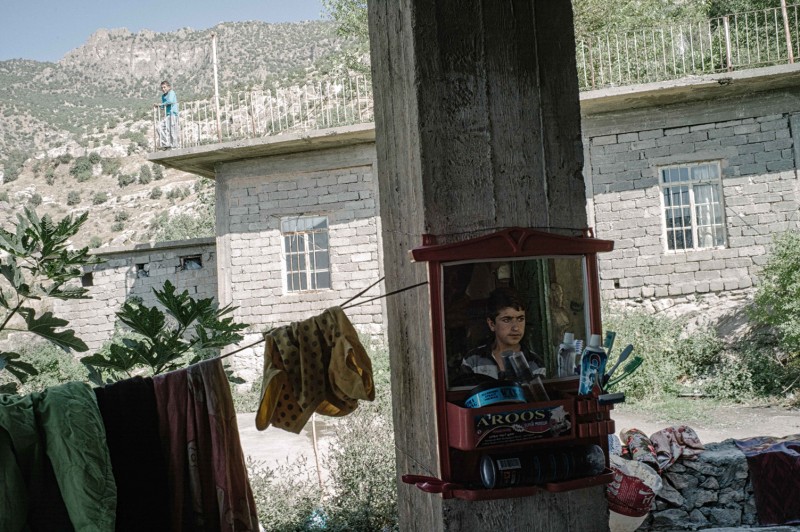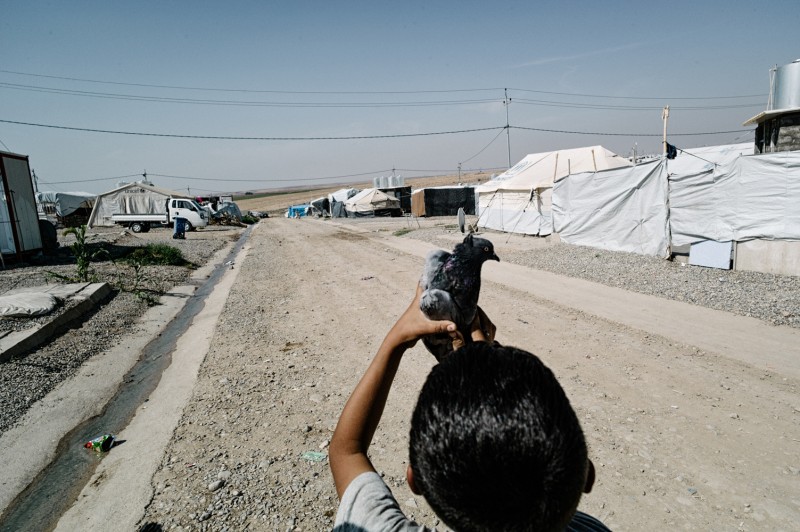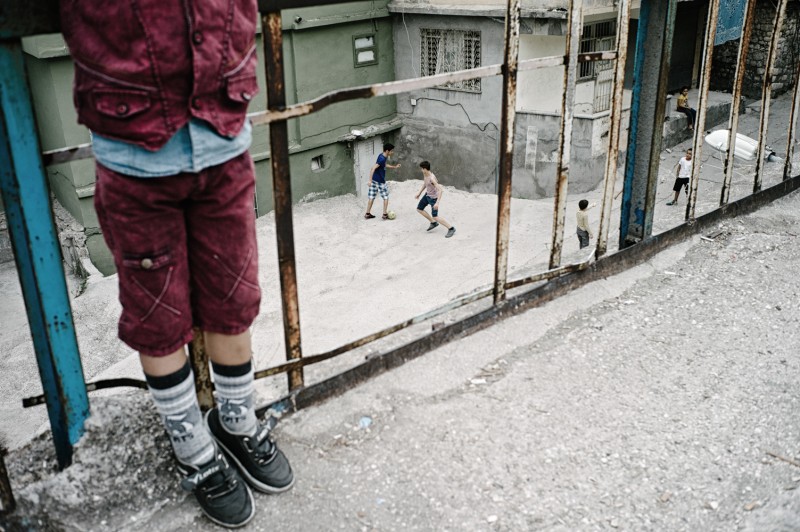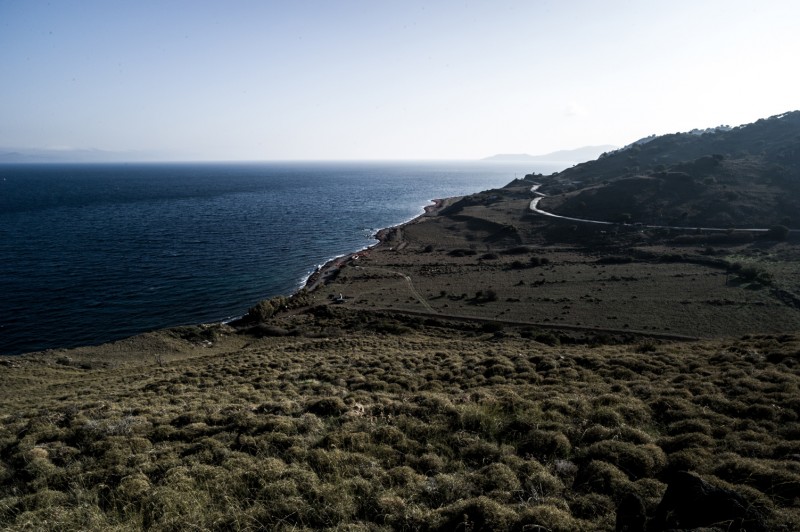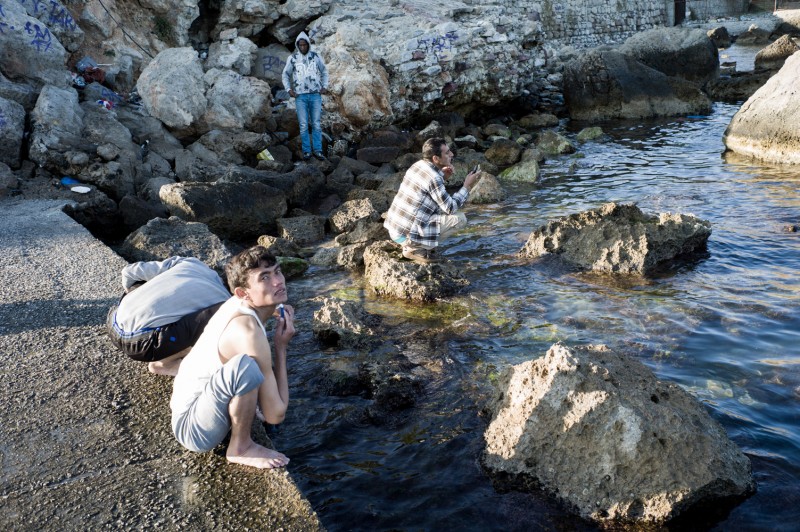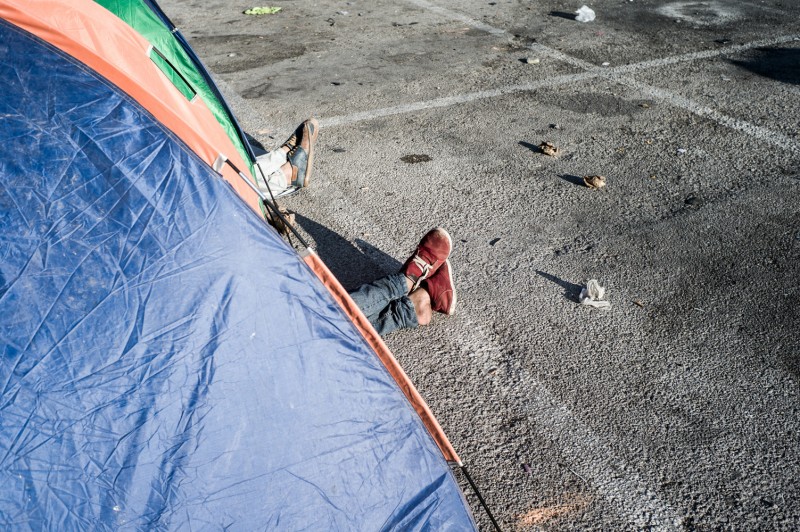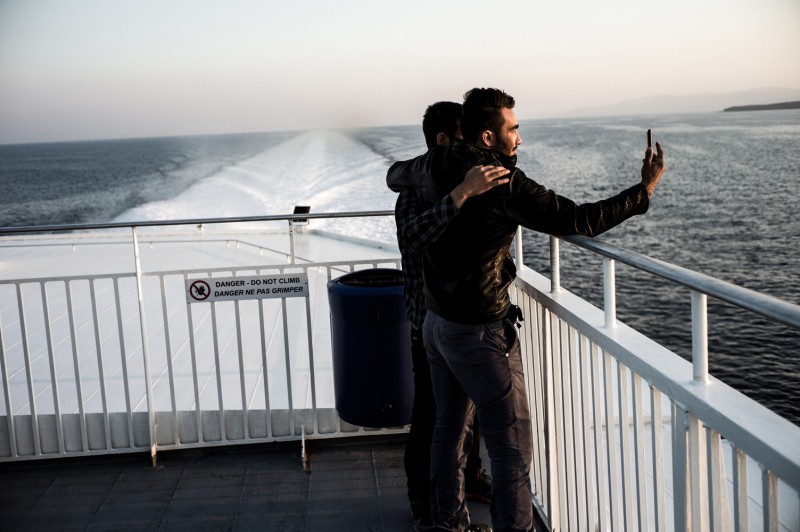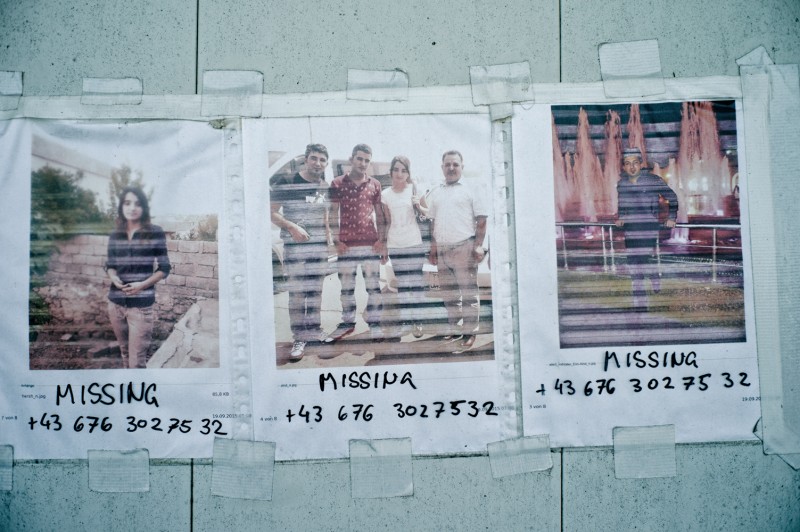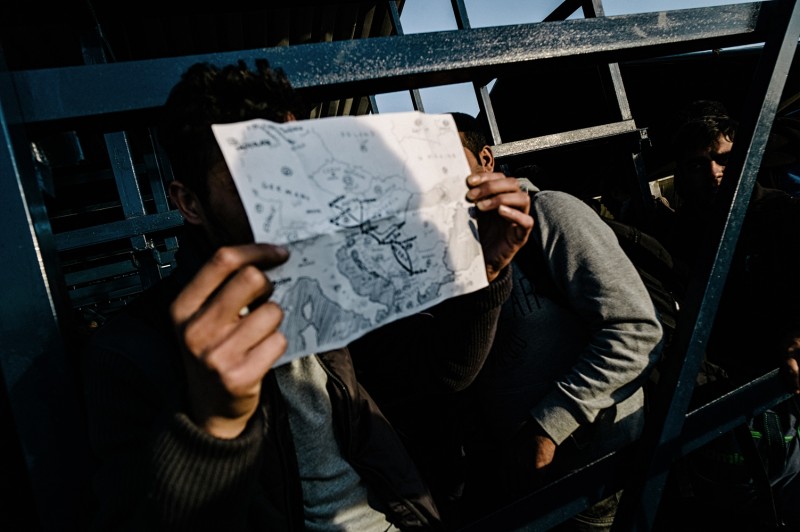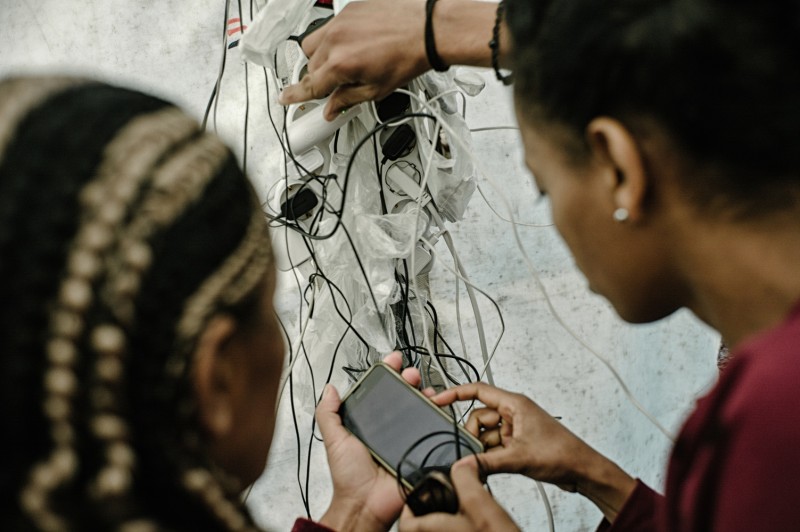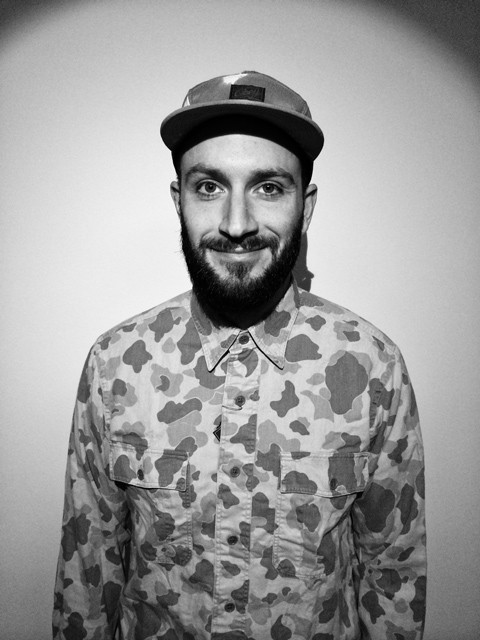On the Refugee Trail
On the Refugee Trail
Felix Kleymann
August 4, 2016
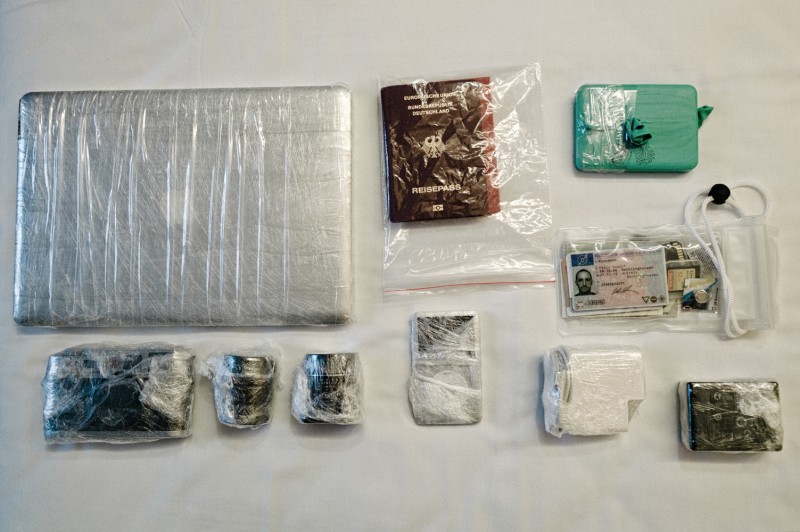
You began your journey in summer last year, but since then the situation has changed immensely – would you do the same journey again today?
Basically, yes! Experiencing this journey myself was such a valuable experience, that I would take on the tough challenge again at any time. The conditions along the way, and the route itself, have changed a lot over the last year. Even when I flew to Iraq the route was different to the one that I found two months later. Everyone had become aware of the turbulences that had been happening in the camp in Idomeni on the Greek border. When I got there, all the borders were still open and crossing over took about a morning – just two months later the situation was looking completely different. The route was in a state of constant change, and it was impossible to predict how and where exactly it went on. But it was precisely this not knowing that also helped me: I didn’t have to plan a lot, because there was no definite plan – I had to improvise just like everyone else.
Did you follow some kind of common thread throughout the trip?
I wanted to followed the refugees’ journey as authentically as possible. My work was divided into two phases. In the first, I documented the situation in Iraq and in Turkey, where most of those fleeing stay for a long time, waiting to be able to return to their own homelands. In the second part, the actual journey, I follow the refugees to Europe. For this, it was very important for me to have the most authentic experience possible and to take pictures of the situation as the people themselves are experiencing it. From crossing the water in a rubber boat to spending the nights on a bench at a train station, I wanted to have the same experiences as all those surrounding me were having. As far as possible, I never presented myself as a photographer or a journalist.
What touched you most on this journey?
Without a doubt, the hospitality and willingness to help of the people I travelled with or met in the camps and accommodations I visited. It was not easy to deal with the fact that, though the people were living through a miserable situation, they still welcomed me like a friend and offered me tea and bread. The support along the road was also overwhelming – every bit of information was shared and passed on. On the other hand, it was very tough for me to accept how these people had left everything behind and were travelling to Germany with such great hope – an unimaginable scenario for me.
Felix Kleymann+-
Felix Kleymann was born in Recklinghausen in 1984. After graduating he did his diploma with an emphasis on photography at the Fachhochschule Dortmund in 2013. The Pacificação series constituted his final thesis. Since then, Kleymann is working as a freelance photographer. More

